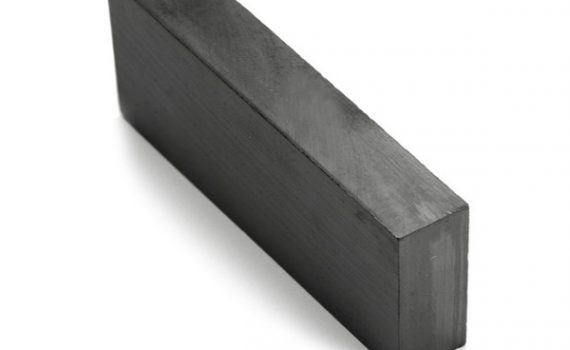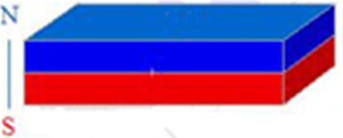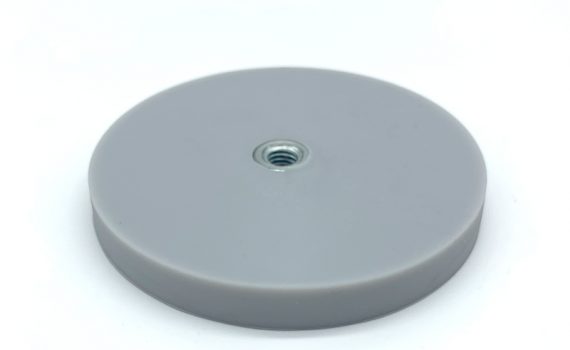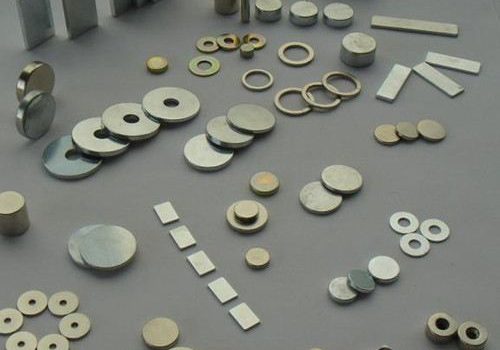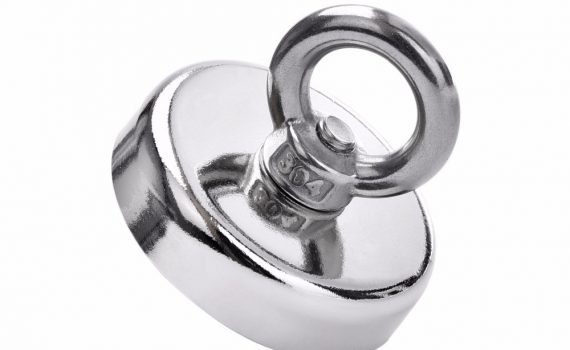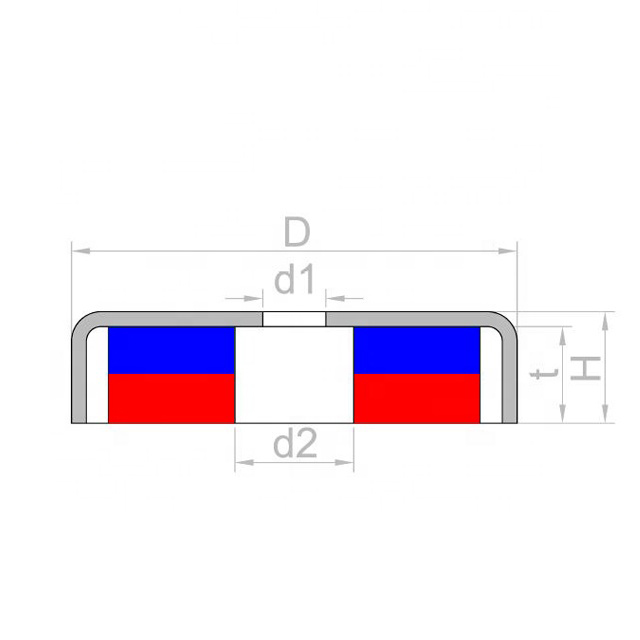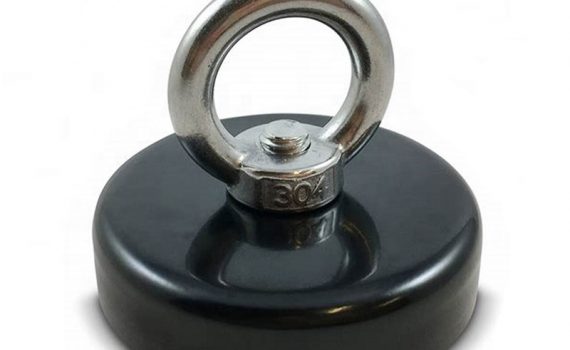1、Magnetism and magnetic materials
2、Ferrite magnetic material
3、Samarium cobalt permanent magnetic material
4、Other magnetic materials
5、Comparison of properties of various magnetic materials
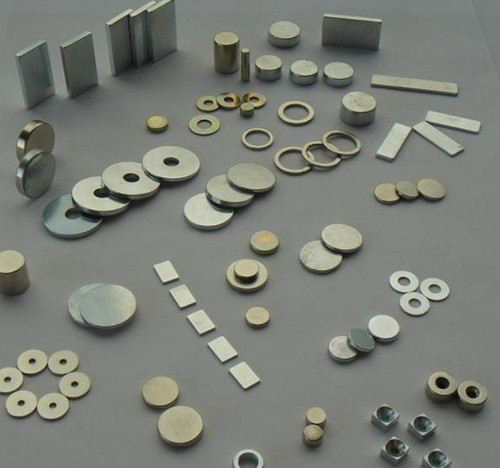
When it comes to magnetic materials, we have to talk about “magnetism” first. Experiments show that any substance can be more or less magnetized in the external magnetic field, but the degree of magnetization varies. According to their properties in the external magnetic field, substances can be divided into five categories: paramagnetic substances, diamagnetic substances, ferromagnetic substances, ferromagnetic substances, and antiferromagnetic substances:
Paramagnetic substance: a substance which, when moved closer to a magnetic field, is magnetized according to the direction of the field, but is so weak that it can only be measured by precise instruments. If the applied magnetic field is removed, the internal magnetic field will return to zero, resulting in no magnetism. Such as aluminum, oxygen, etc.
Diamagnetic substance: a substance with a negative magnetic susceptibility. When subjected to an external magnetic field, the molecule generates an induced electron circulation, which generates a magnetic moment opposite to the direction of the external magnetic field. In other words, the direction of the magnetic field after magnetization is opposite to the direction of the external magnetic field. All organic compounds are diamagnetic, graphite, lead, water, etc.
Ferromagnetic substance: it is a kind of material which is magnetized under the action of external magnetic field, and still can maintain its magnetized state even if the external magnetic field disappears. Iron, cobalt and nickel are all ferromagnetic substances.
Ferromagnetic material: macromagnetism is the same as ferromagnetism, only with a lower magnetic susceptibility. Typical ferromagnetic material is ferrite. They differ most significantly from ferromagnetic materials in their internal magnetic structures.
Antiferromagnetic substance: inside an antiferromagnetic substance, the spins of adjacent valence electrons tend to be in opposite directions. The material has a net magnetic moment of zero and produces no magnetic field. This material is less common, and most antiferromagnetic substances exist only at low temperatures. If the temperature is above a certain value, it usually becomes paramagnetic. For example, chromium, manganese and so on have antiferromagnetism.
We call paramagnetic and diamagnetic substances as weak magnetic substances, and ferromagnetic and ferrous magnetic substances as strong magnetic substances. The magnetic material that says normally is to point to strong magnetic material commonly. Magnetic materials can be divided into:
Soft magnetic material: the magnetic material with low coercivity and high permeability can achieve the maximum magnetization with the minimum external magnetic field. Soft magnetic materials are easy to magnetize and easy to demagnetize. For example: soft ferrite, amorphous nanocrystalline alloy.
Hard magnetic material: also called permanent magnetic material, it refers to the material that is difficult to be magnetized and difficult to be demagnetized once magnetized. Its main characteristic is that it has high coercivity, including rare earth permanent magnetic material, metal permanent magnetic material and permanent magnetic ferrite.
Functional magnetic materials: magnetostrictive materials, magnetic recording materials, magnetoresistance materials, magnetic bubble materials, magneto-optical materials and magnetic thin film materials.
READ MORE



 Magnetic Field Calculation
Magnetic Field Calculation Raw Material Trend
Raw Material Trend Magnet Testing
Magnet Testing Magnet Plating
Magnet Plating Magnetization
Magnetization Magnet Packing for Shipment
Magnet Packing for Shipment Magnetic Glossary
Magnetic Glossary Magnets Overview
Magnets Overview Magnets FAQ'S
Magnets FAQ'S Alibaba Trade Assurance
Alibaba Trade Assurance
